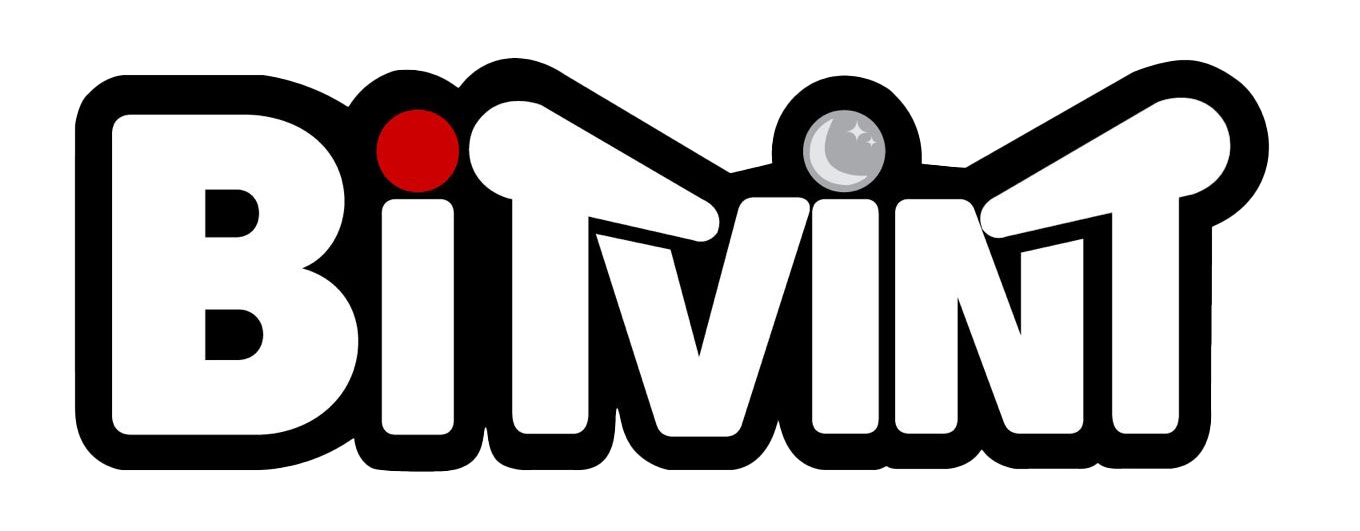Introduction
Released in 1989 by Capcom, Strider is an iconic side-scrolling action-platformer that set new standards for fluid movement, acrobatic gameplay, and cinematic presentation in arcades. Featuring the futuristic ninja Hiryu, Strider became a landmark title with its fast-paced combat, expansive levels, and sci-fi storytelling.
Known for its striking visuals, innovative mechanics, and deep legacy, Strider remains one of Capcom’s most influential arcade games, inspiring sequels, spin-offs, and even appearances in modern fighting games.
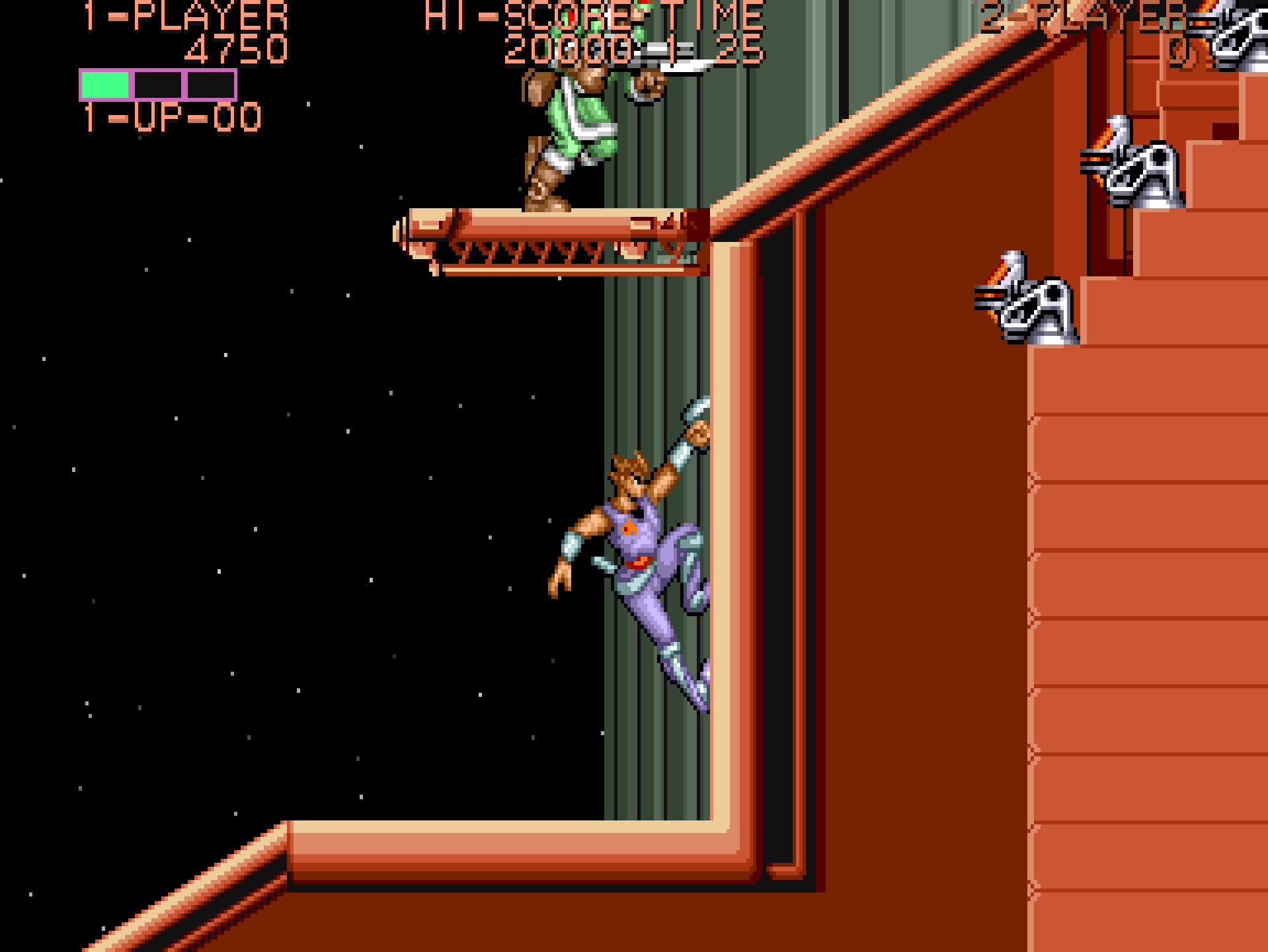
Design and Development
Strider was developed by Capcom and directed by Koichi Yotsui, with Tokuro Fujiwara serving as the producer. It was part of a multimedia collaboration between Capcom and manga publisher Moto Kikaku, which released a Strider manga around the same time.
The game ran on Capcom’s CPS-1 arcade hardware, allowing for detailed sprites, multi-layered backgrounds, and large, cinematic action sequences. The development team focused on smooth animation, making Strider one of the most visually advanced arcade games of its era.
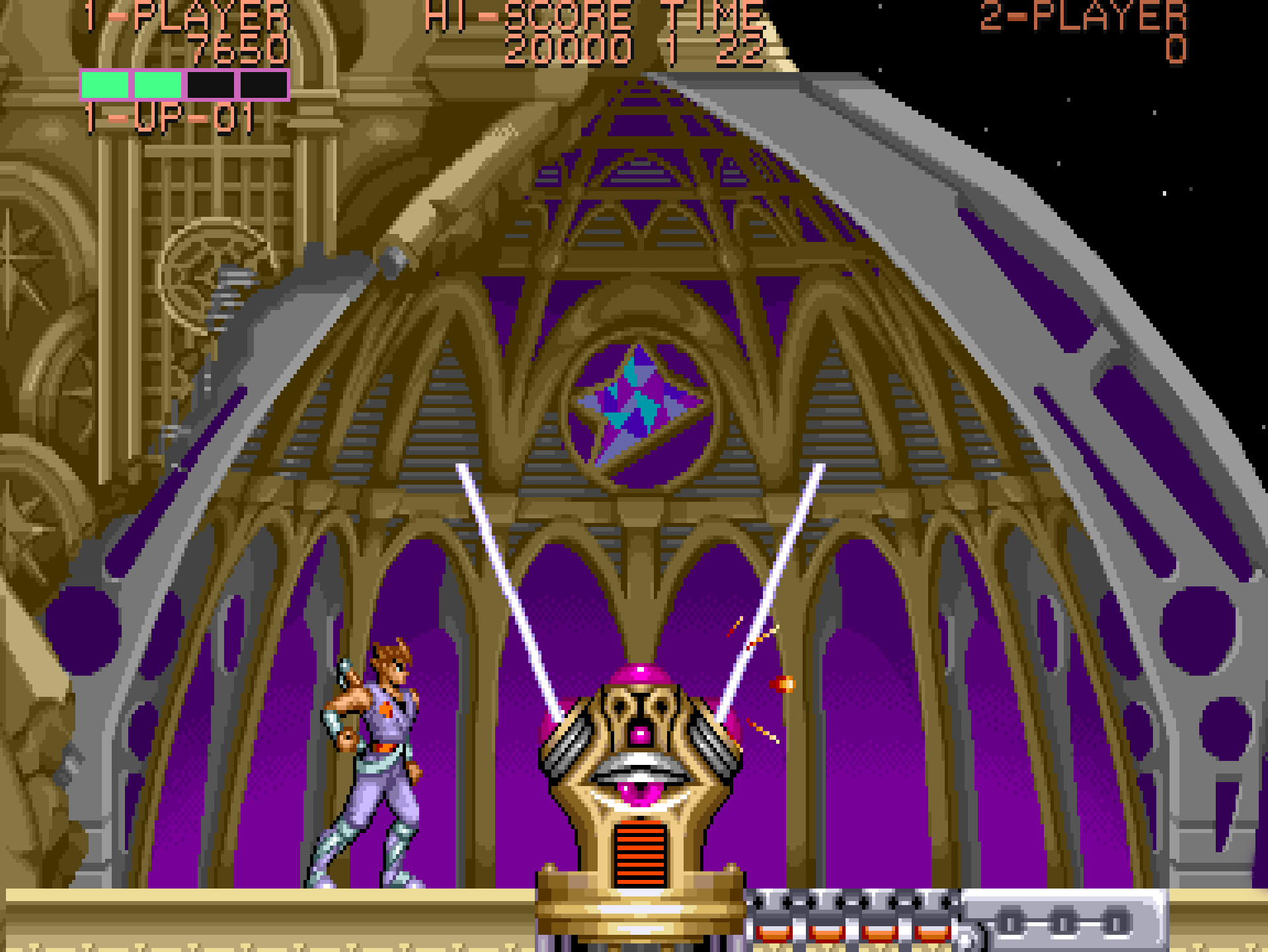
Gameplay Video
Gameplay and Mechanics
Strider introduced several unique mechanics that made it stand out in the crowded arcade action genre.
- Fast-Paced Ninja Combat – Players control Hiryu, a highly skilled futuristic ninja armed with his Cypher plasma sword.
- Acrobatic Mobility – Hiryu can jump, flip, and climb walls, offering fluid and dynamic movement through expansive levels.
- Five Diverse Stages – The game spans multiple global locations, including a futuristic Soviet Union, an Amazonian jungle, and an orbital space station.
- Mechanical and Organic Enemies – Players battle against cyborg soldiers, robotic beasts, and massive bosses, including the infamous "Gravity Core" anti-gravity weapon.
- Summonable Assist Bots – Hiryu can call on robotic allies, such as a falcon and panther, to assist in battle.
The game’s high-speed gameplay, layered platforming, and cinematic presentation made it one of the most visually and mechanically ambitious action games of its time.

Cultural Impact and Legacy
Strider became a massive hit in arcades, praised for its fast-paced gameplay and cutting-edge animation. It set the foundation for future action platformers and remains one of Capcom’s most beloved franchises.
- Multiple Sequels & Spin-Offs – Strider II (1999) and a 2014 reboot continued the franchise.
- Influence on Action Games – The game’s fluid movement and platforming design inspired titles like Ninja Gaiden and Shinobi.
- Fighting Game Cameos – Hiryu became a fan-favorite character, appearing in Marvel vs. Capcom games.
Even decades later, Strider is remembered as one of the greatest arcade action games, with its legacy cemented in gaming history.
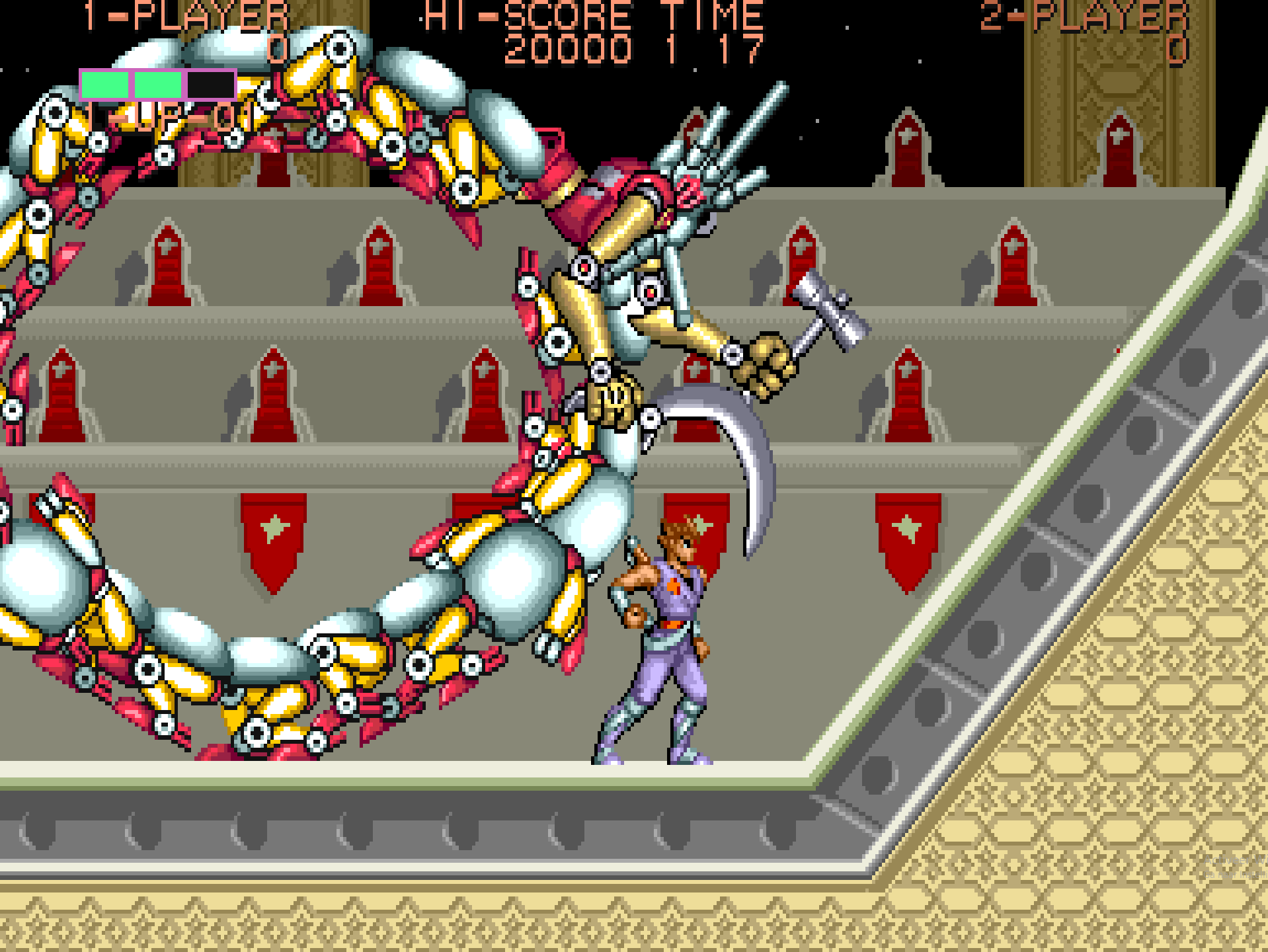
Fun Facts
- Hiryu Was Almost in Street Fighter – Strider Hiryu was considered for Street Fighter, but Capcom kept him exclusive to action games and crossovers.
- A Unique Multimedia Project – The Strider arcade game was released alongside a manga, which had a slightly different storyline.
- First Capcom Game to Feature Wall-Climbing – Strider’s innovative wall-scaling mechanic was revolutionary at the time.
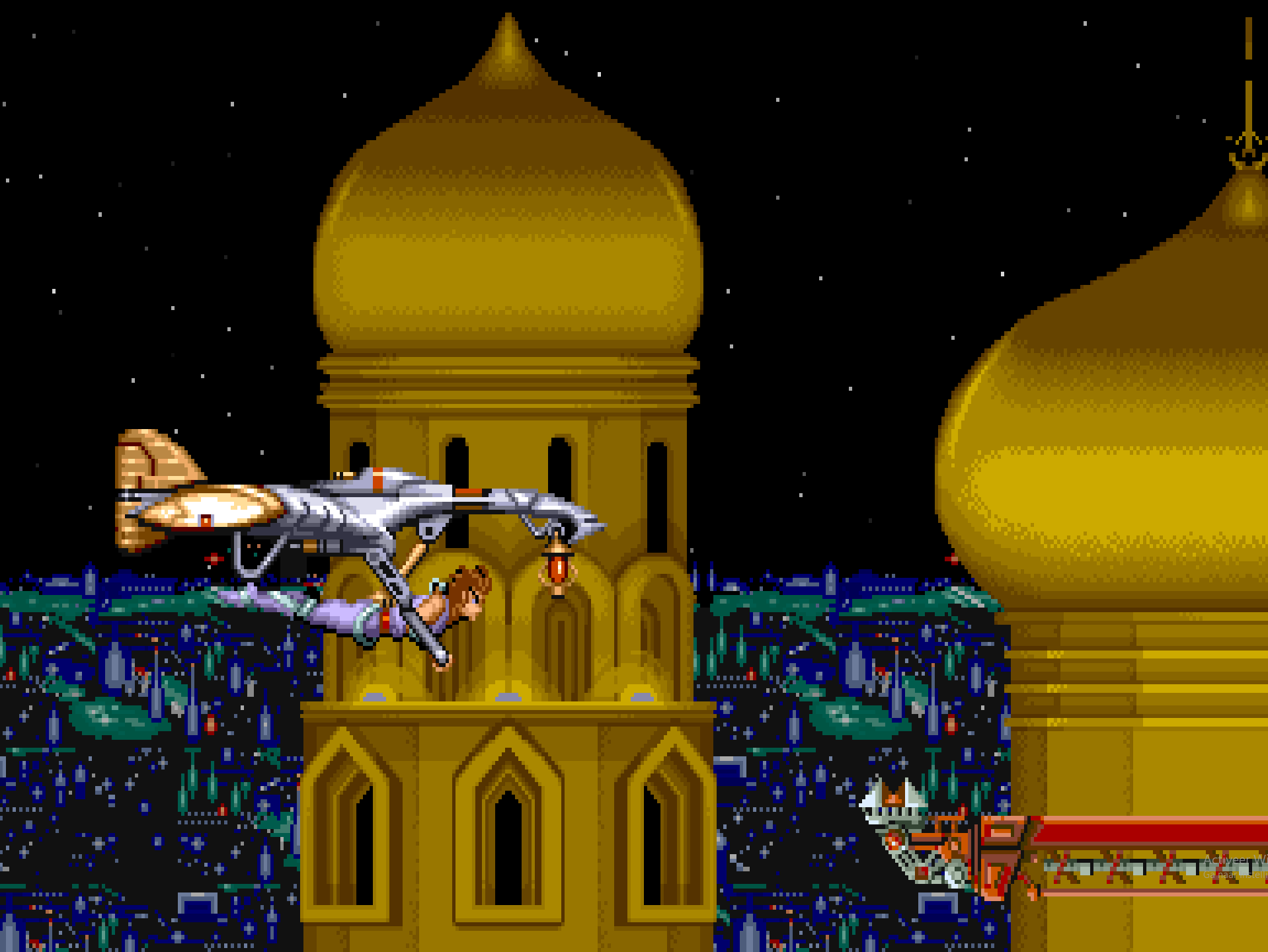
Conclusion
Strider remains a timeless arcade classic, celebrated for its smooth animation, fast-paced action, and groundbreaking platforming mechanics. Its cinematic presentation and futuristic ninja aesthetic helped establish it as one of Capcom’s most legendary arcade titles.
Related Pages
- Shinobi – Another legendary ninja action-platformer that defined arcade gaming.
- Ghosts 'n Goblins – A challenging Capcom action game known for its brutal difficulty.
